Southwest Airlines announced plans for redeye flights, premium seats, and assigned seating but left a lot of questions unanswered.
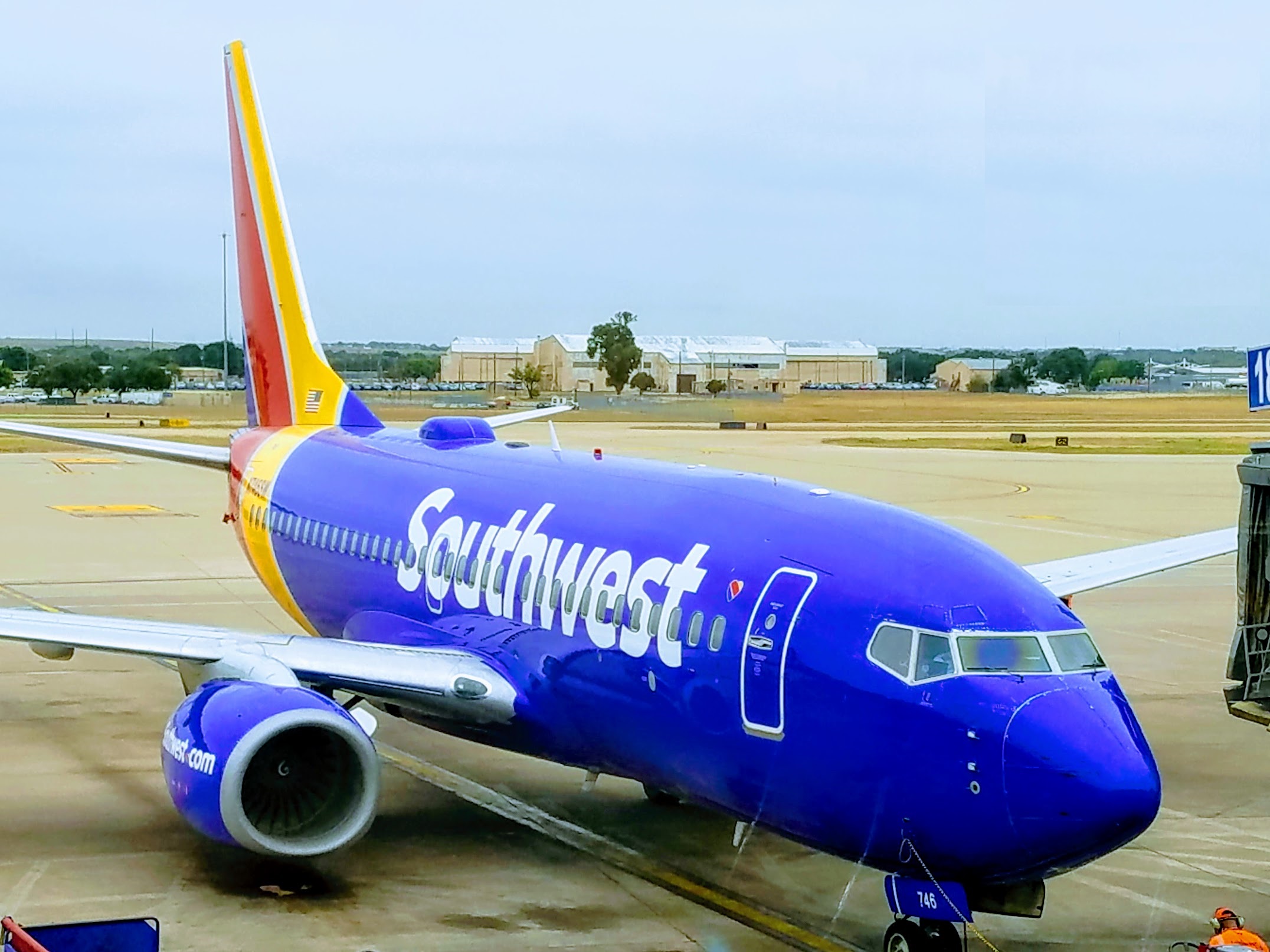
They don’t know all the answers yet! But during the carrier’s second quarter investor call on Thursday they provided more information and filled in several gaps, as well as shared other useful tidbits, that flyers need to know about these changes and the airline’s business.
- Customers are clamoring for assigned seats. CEO Bob Jordan flagged that assigned seats is something current customers want, that Southwest flyers leave the airline because they don’t have it, and that it will make the airline attractive to competitors’ flyers. Their surveys show 80% of customers prefer assigned seats; 86% of potential customers prefer assigned seats; and open seating is the #1 reason customers defect to competitors. I’m not sure customers are clamoring for seat fees however.
- What the premium seating will be like. One-third of seats across the fleet will have extra legroom. More or less all of their planes will be retrofitted with the product, including Boeing 737-700s.
New aircraft will be delivered with new Recaro seats, but existing planes will re-use current seats.
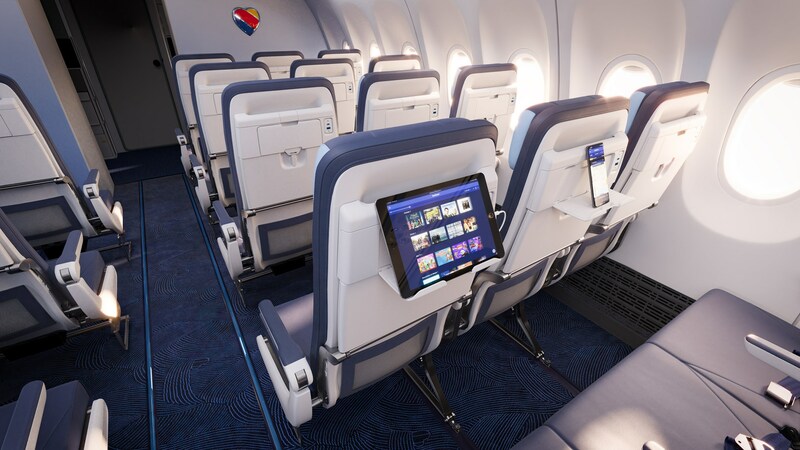
And it’s really the same seat, not a first class seat. There will not be a different seat or curtain between cabins. The premium seats will not come with meals. They aren’t putting ovens in their galleys.
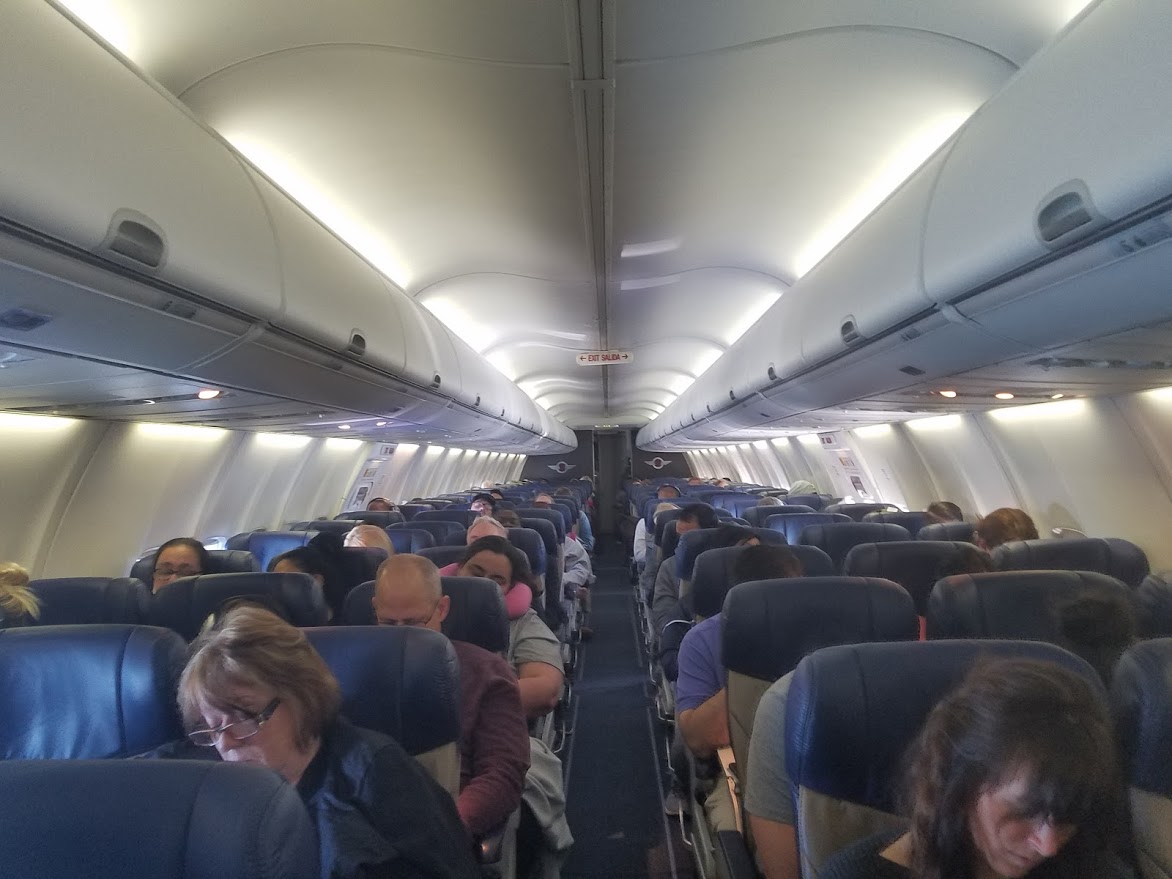
They are close on the cabin layout (LOPA), expect a month-long FAA certification process for the new layouts, but then 800 aircraft need to be modified. They will reveal the timeline in September at their investor day. The plan is to sell the product beginning in 2025.
- They don’t want to ‘take anything away’ from other customers. The space for extra legroom seats have to come from somewhere, but CEO Bob Jordan says the “intent is not to change customer-friendly policies and take anything away” and that they “want to have an attractive pitch in the remainder of the cabin.”
He doesn’t say space won’t be taken from non-premium seats, and taking two inches away from each non-premium seat would seem to roughly fund four additional inches for each premium seat. Not ‘chang[ing] customer-friendly policies’ though does cut against a basic economy fare.
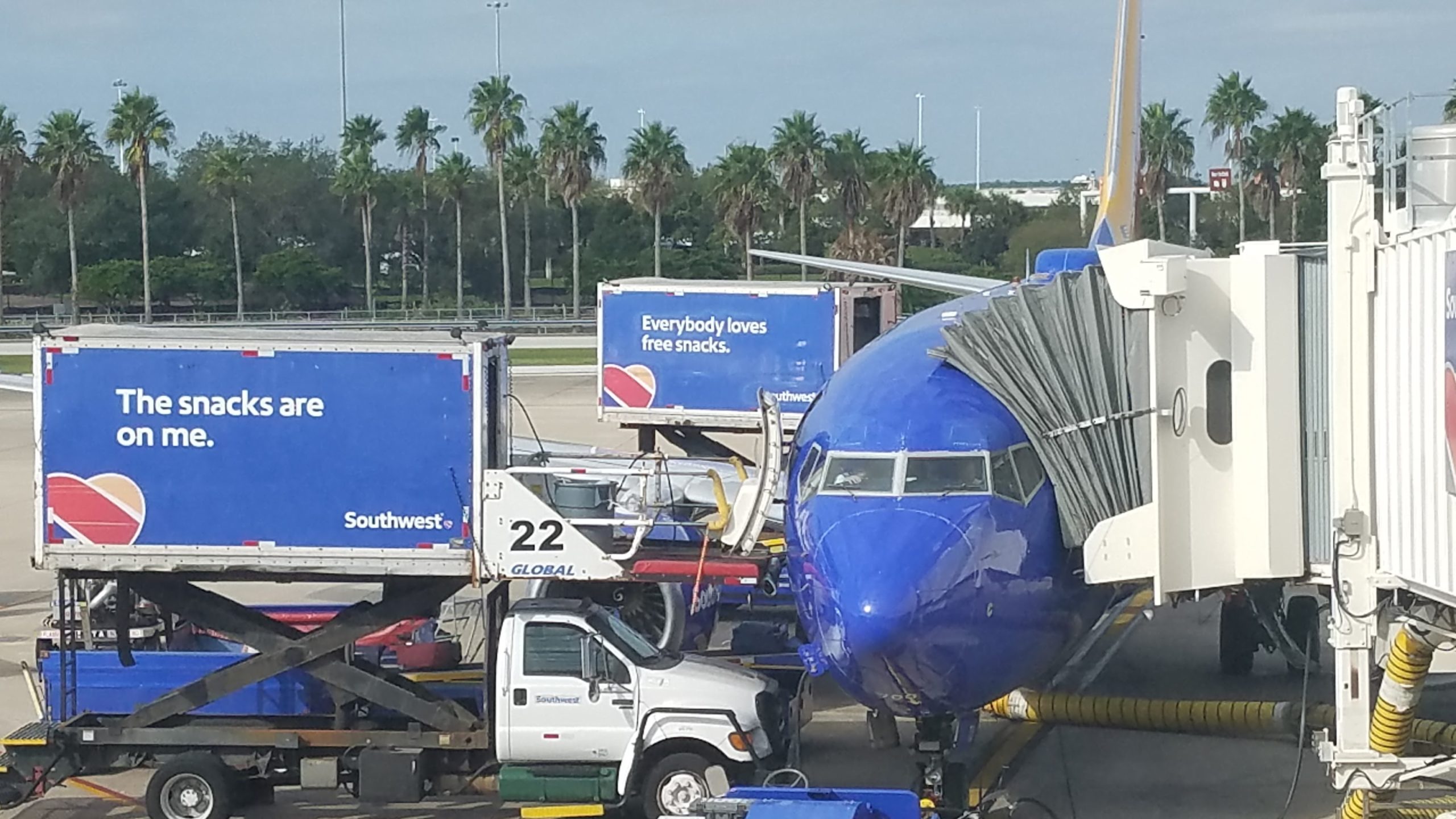
- Boarding isn’t going to change as much as you’d think. While the boarding process is being redesigned, they plan to pair their current boarding style with assigned seating, and keep single agent boarding. They don’t think assigned seats will mean longer boarding times.
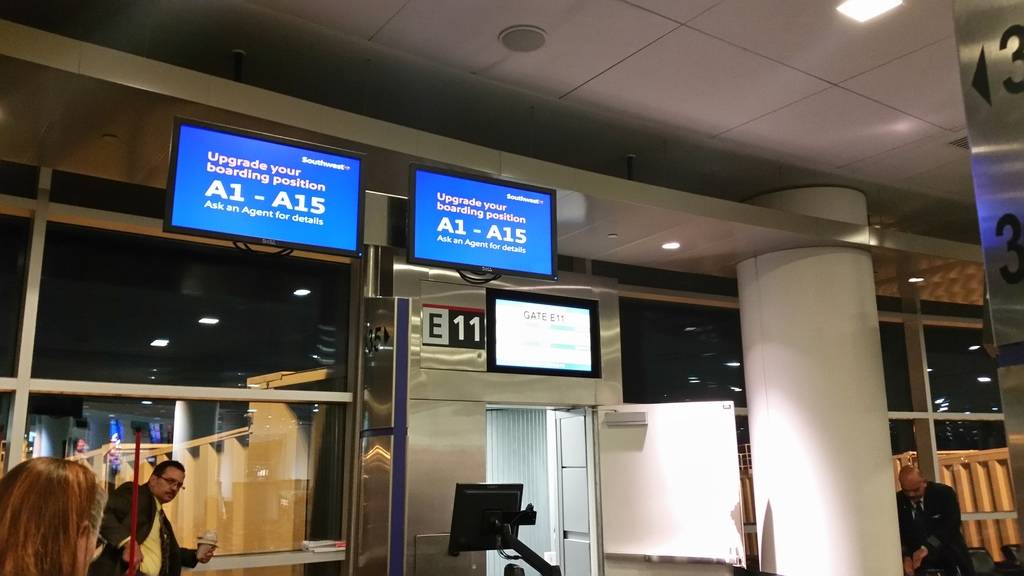
- Redeyes will grow they have only added a few cities into the schedule so far and will be phased-in by Summer 2025. Between added flying from redeyes and reducing the time between flights (turn times) they will grow their seats for three years without new aircraft spending.
- Hawaii is important to Rapid Rewards, but not the most important destination. The highest redemption destination is actually Aruba. Without redeyes Hawaii is largely a destination limited to the West Coast, and not just because of proximity. Hawaii is likely to grow for redemptions as they add redeyes from Hawaii.
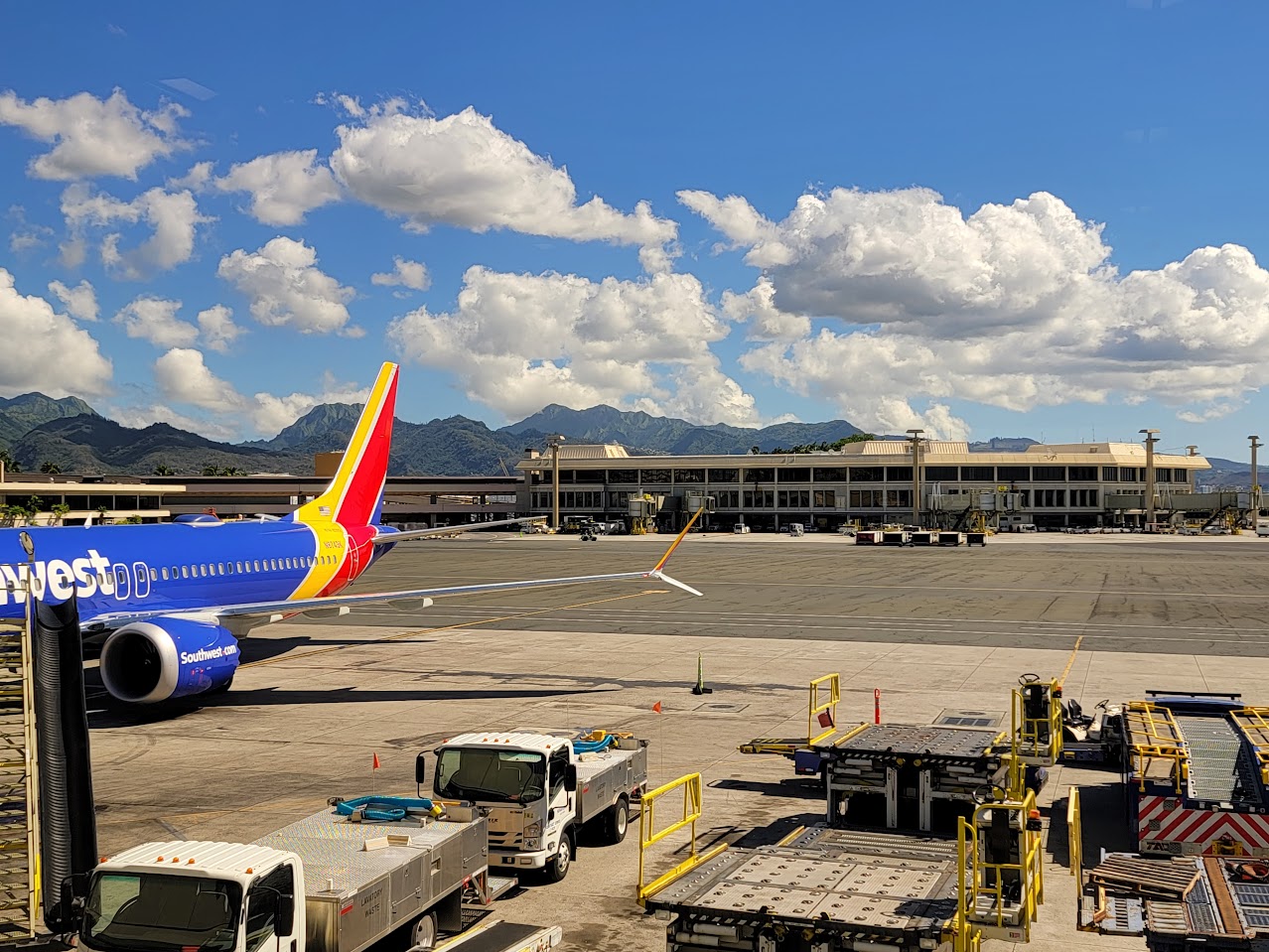
- When Southwest runs sales it doesn’t mean bookings are weak. Southwest has to drive traffic to its website, since it largely sells tickets directly rather than through third parties. So they’re always going to run sales, and those don’t signal booking weakness. Running a lot of sales don’t signal it either. However how deep the discount is would be what you’d look for to understand what the sales mean for bookings.
- Business travel volume is up but there are fewer road warriors than there used to be. Road warriors don’t travel as much per-person as they did before the pandemic.
- Southwest carries a lot of bags, about twice the industry average compared to legacy carriers and three times versus ultra-low cost carriers. Southwest sees that as proof their customers like that bags fly free. They also see it as bringing bags out of the cabin, which speeds up boarding and deplaning.
They are not looking to change bags fly free since it’s a “big part of what attracts people to Southwest.” While they did not mention this, I would add that even as Southwest distributes schedules and fares through more channels – they’ve experimented with Google Flights – they will benefit from new Department of Transportation rules that require pricing displays to show all-in costs including checked bags. That makes them compare favorably.
Southwest is going to sell extra legroom seats, and they’re going to do it on the cheap. They’re going to sell assigned seats. Somehow they think it makes sense to keep their current boarding process where passengers line up in advance – though of course nobody needs to do this anymore. There’s no more incentive, since as long as they offer free bags (and therefore have plenty of overhead bin space) and your boarding order doesn’t influence your seat choice you might as well board last.
Nonetheless, since they no longer even offer Early Bird Check-in on all flights, it’ll be nice to have a seat pre-assigned. That will make the boarding process more civilized. And with one-third of seats extra legroom, there should be enough of those left to buy an aisle or group of seats together on most flights without doing so weeks in advance.
There’s no surprise that this is just an extra legroom product and not a new first class cabin. They won’t earn the same revenue premium as some of their peers. There are elements of the plan that’ll increase revenue (paid seating) and some that will reduce revenue (no more need for paid Early Bird check-in, and less incentive to buy the highest Business Select fares). We’ll have to wait to see how this all nets out.


Not doing some sort of premium economy or first-class seat is a huge, huge missed opportunity. Couldn’t they also offer or even SELL meals, even if they were high-quality cold meals like wraps, salads, cheese boards, etc.? If Air Baltic and Czech Airlines can do it, so can Southwest.
Are they going to cut pricing about 20% to be competitive for a like product?
Are they going to reduce flight times avoiding wanky connection airports?
They will need red eye services to fly coast to coast in under 12 hours!
They are not competitive now with standard economy with free seat assignments. The only value left for WN is hauling freight with 2 free checked bags which is no longer relevant for most of today’s flyers.
Sounds like some marketing genius trying to hype a “potential” increase to the bottom line to investors. (sounds like the AA fiasco)
@FNT Delta Diamond: I had a little bit of experience at Southwest (coming from AirTran) before I voluntarily ran for the hills. At AirTran we did experiment with sandwiches and cheese plates plus some shelf-stable-ish stuff like snack boxes on ATL and MKE to the west coast for about a year. But, we used Gate Gourmet in ATL. AirTran flights were catered from a commissary on ramp level at the concourse (and actually same at MKE) but it was air conditioned, had locked areas, fridges (since we did crew meals on flights like Aruba). So there was some level of infrastructure. WN moved out to a cargo warehouse across the field. They’d need to do some upgrading of facilities, processes, etc., to even add anything that can’t survive prolonged periods sitting in 100+ degrees. I think already WN has missed the boat on offering something like that for sale on flights like BWI-OAK.
Southwest on Google Flights I think has been a good thing. I’ve noticed, at least for my travels, they’ve been reasonably competitive. I really really try to avoid WN on connecting itineraries because the whole gotta-run-and-board-when-they-call-A1 to 15 thing.
I agree with you that this is the time to do something really different than today’s product while they’re ripping the bandaid off. Honestly, with just assigned seats and some extra legroom seats, they’re gonna be Frontier but without bag fees. I wouldn’t even quite say Spirit – they at least have the Big Front Seat which is amazing when I can get across the country in that seat for $200 one way and as a Gold get something more than snack mix for free (or everyone has option to pay for snack boxes, cup noodles, muffins, etc).
I share the question Gary ponders… however they monetize seat assignments or extra legroom seats or whatever has to at least surpass the significant revenue that comes from Early Bird. They’ve made a lot of money from people who want to mitigate the part they don’t like about flying Southwest. Without offering some level of differentiation aside from extra legroom or not, I think it’ll be a tough sell to price it where they need to for this to look like a revenue win.
I am just learning that the airlines get charged by the airports for wheelchair service. $30-$35. Do you know if this is every airport – and if this is correct? (it was in a Fortune article about Frontier) If so, then not having 20 wheelchair scammers per flight will certainly increase revenue!
People dont mind the open seating – they mind the cheaters, be they seat savers or fake preboards & their entire families boarding. You already hear a lot about seat stealers on other airlines. They also missed mentioning about free changes. That got me off Jet Blue who charged me more to change than the flight cost! If changes cost money, if price reductions aren’t given back, I will leave SW. They promoted free bags but never their above std legroom, and credits for reductions. I will miss being able to board between A and B / open seating when I change my flight same day or within 3 days (I am ALP). I am afraid the value proposition of SW has left the station
Haha socialism lost and now we acknowledge that we do not live in a classless society. I hope they cram those seats in back. There should be more than NO CURTAIN – there should be a full locked door. The front area should be called The Caviar Lounge or possibly The Hi-Rollers Club.
@TravelswithTony:
Yes, the airlines pay the cost of wheelchair service. Like any contracted service, it does vary depending on airport, vendor, etc. At airports where an airline doesn’t have a huge operation, they typically join a consortium with other airlines so they share the cost of providing the required service… usually an 80/20 split. There may be 5 airlines all contracting one company (like PrimeFlight or Prospect), typically those who operate out of the same terminal/concourse/secure area. They share the resources and pay a share of the total cost based on their share of the passengers.
Some contracts charge by push… I’ve seen $6-7 per push as a rate like at Las Vegas. Others if an airline contracts direct on its own with a wheelchair company may charge per flight. Yes, $30-50 per flight is pretty average. At a smaller airport with an airline with only a couple of flights it can easily be $100-150 per flight.
To give an example of one airport I managed… had about 40 daily flights for my airline. We paid about $68,000 a month for wheelchair service. This rolls into the overall cost for operating the station and of course the expenses an airline must recoup in airfares. But they can’t of course directly charge people for using the service… we all subsidize it.
I am sure that Southwest given the volume of pushes and higher amount of labor required probably pays more. My contract (the $68k) was based on an average of 3 pushes per flight. I do know that at one point at ATL, Southwest with about 120 flights a day was paying in the neighborhood of $250k a month for wheelchair service.